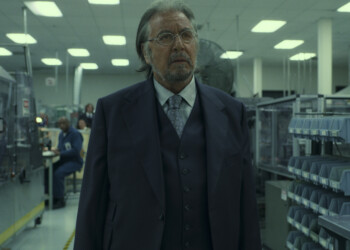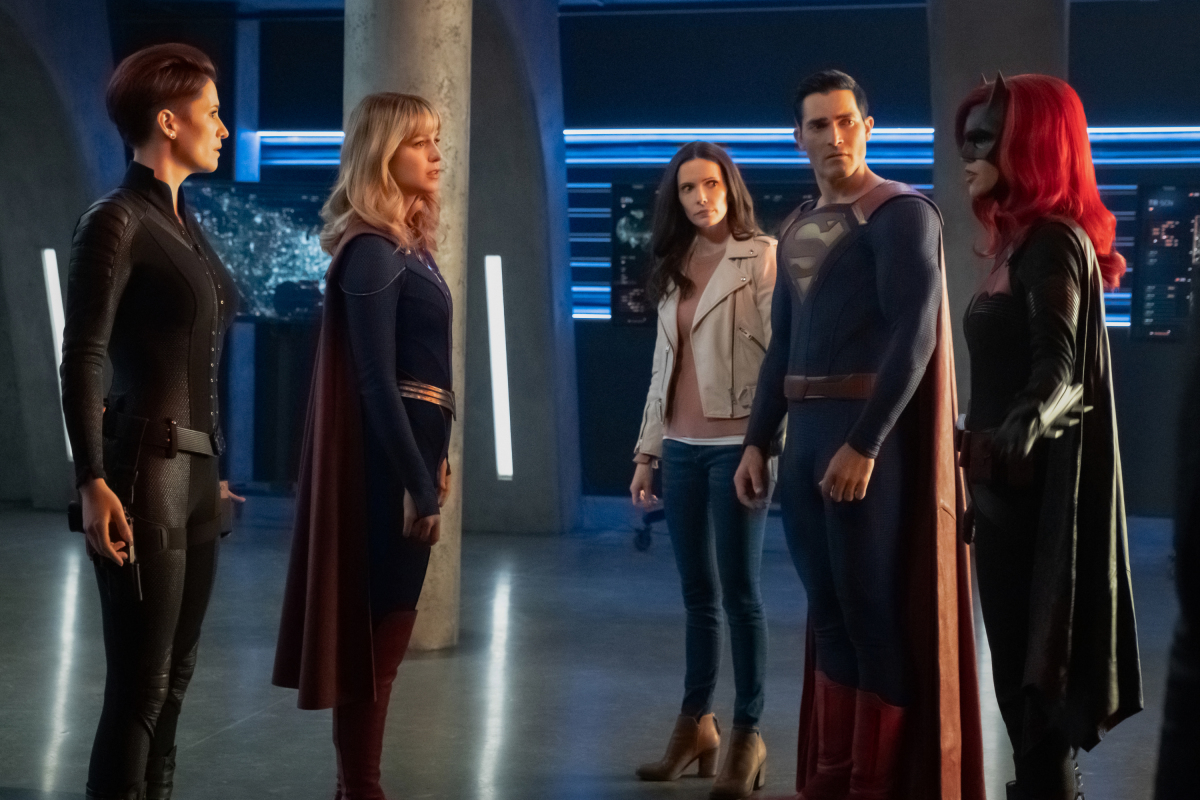1917 is a World War I epic that has largely been sold on a gimmick. The hook is the movie progresses in one single take and in real-time, or at least that’s what we believe thanks to movie magic. It is indeed an amazing feat of film craft, but it is only part of the story. Strip back the technical flare and 1917 remains an excellent movie.
Over the history of film, World War I has hardly provided a rich bounty to plunder from. Overshadowed by World War II, the so-called “Great War” just lacks the storytelling oomph. However, what that war had was plenty of human drama amidst some of the worst conditions imaginable. If all war is hell, World War I was a special kind of hell.
During the four-year conflict, men from all walks of life were pushed headlong into the theater of war. These were ordinary men, people who went shopping, worked, visited the best casinos in the US, and generally had normal lives. That was taken away in the blink of an eye when trouble flared in Europe, resulting in floods of untrained soldiers suddenly having to fight.
1917 encapsulates the desperate nature of trench warfare, where men were sent over the top to die in their thousands. Interestingly, the movie does not feel the need to create a drawn-out narrative around the conflict. Instead, Director Sam Mendes allows the plot to intertwine with the horrors of war, making this perhaps the most “lived in” World War I movie ever made.
Set during the third year of the war, 1917 focuses on Schofield (George MacKay) and Blake (Dean-Charles Chapman), two British army privates who are tasked to warn a regiment about a German trap. The regiment in question was sent out to attack the retreating Germans but are walking into a trap that could lead to 1,600 deaths.
Schofield and Blake must traverse the landscape of the war, including the realities of trench warfare. Importantly, 1917 wastes little time and prefers to drop the viewer deep into the mire of the conflict. As the movie unfolds in real-time and in a single take (again, movie trickery), there’s an ever-present tension.
There are many good ticking-clock movies, but the real-time and single-take aspect of 1917 really set it apart. Mendes directs with a deft touch. He works so rarely that it’s easy to forget just what a stellar director he is, and an Oscar nomination would not be a surprise.
Speaking of the Academy Awards, 1917 will likely feature heavily and cinematographer Roger Deakins is all but guaranteed a nomination. The famed cinematographer is one of the few in his field who is known by even the casual moviegoer (after working with Mendes and the Coen brokers extensively).
Here he is at his absolute best, and 1917 looks gorgeous, feels real, and each scene tells a story through the lens. While Mendes has delivered a fine directorial effort, 1917 is arguably Deakins’ movie. His work steals the show and elevates a very good movie to one of excellence.







